In the annals of music history, few concert tours have garnered as much attention and acclaim as Michael Jackson’s Bad (tour). Launched in 1987, this tour marked Jackson’s first solo concert venture and was designed to promote his seventh studio album, “Bad.” Over the course of sixteen months, the Bad (tour) not only epitomized the era of mega-tours but also solidified Jackson’s reputation as a global superstar.
Spanning from September 12, 1987, to January 27, 1989, the tour covered an extensive itinerary that included 123 shows across 15 countries. Commencing in Japan—a nod to his vast fan base there—Jackson performed to sell-out crowds, eventually concluding the monumental journey in the United States. This extensive tour was supported by Pepsi, marking one of the most significant commercial sponsorships in entertainment history.
Financially, the Bad (tour) was a colossal success. It grossed approximately $125 million, making it the second-highest grossing tour of the 1980s. Beyond the financial figures, the tour broke multiple records, entering the Guinness World Records for the highest-grossing tour and the most attended tour at the time. Such achievements underscored its unprecedented scale and the magnetic appeal of Jackson as a performer.
Jackson’s commitment to blending music, performance art, and stage technology was evident throughout the tour. Each concert was a showcase of his meticulous attention to detail, from the innovative use of lighting and pyrotechnics to the flawless choreography that accompanied his hits. This tour not only elevated the standards of live musical performances but also significantly influenced the structure of pop concerts in the decades that followed. The Bad (tour) remains a seminal event that encapsulated the peak of Michael Jackson’s career and his enduring legacy in the music world.
| Tour Name | Bad (tour) |
|---|---|
| Start Date | September 12, 1987 |
| End Date | January 27, 1989 |
| Number of Shows | 123 |
| Countries Visited | 15 |
| Main Sponsor | Pepsi |
| Gross Revenue | $125 million |
| Records | Highest-grossing tour and most attended tour of the time |
| Key Features | Innovative lighting, pyrotechnics, choreography |
Contents
Background
Michael Jackson’s ascent to the zenith of the pop music world was marked by groundbreaking albums and mesmerizing performances. By the time he released his seventh studio album, “Bad,” in 1987, Jackson had already achieved unparalleled fame with “Thriller,” the best-selling album of all time. “Bad” was highly anticipated and sought to capitalize on the success of its predecessor, featuring a more aggressive style and complex production, showcasing Jackson’s maturation as an artist.
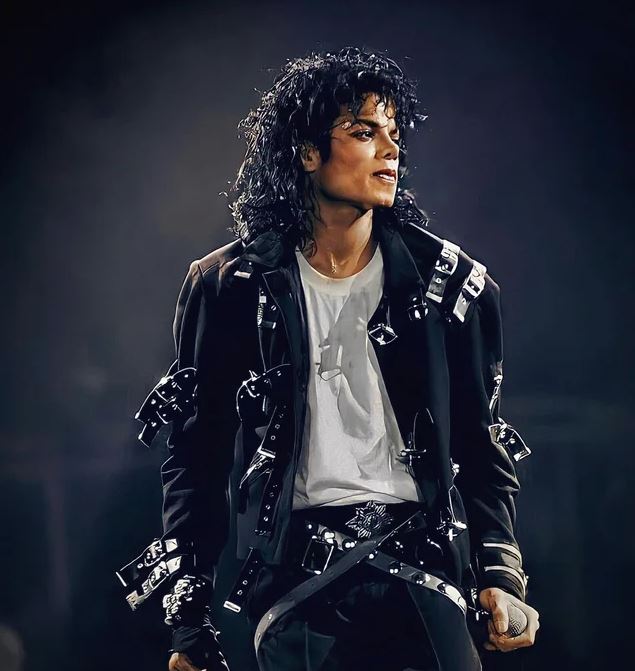
The announcement of the Bad (tour) was a major media event. Jackson’s manager, Frank DiLeo, held a press conference in Tokyo on June 29, 1987, to unveil the tour, highlighting Jackson’s transformation into a solo performer. This move was strategic, considering the immense loyalty of Japanese fans and the significant market in Asia. At the conference, DiLeo outlined the ambitious scope of the tour and its intention to start in Japan, underscoring the global nature of Jackson’s appeal.
The sponsorship by Pepsi played a crucial role in the tour’s execution and promotion. Continuing a partnership that began with the Jacksons, Pepsi sponsored the Bad (tour) as part of a lucrative deal estimated at $5 million per year. This alliance not only provided substantial financial backing but also included massive advertising campaigns and promotional activities, significantly boosting ticket sales and Pepsi’s brand visibility worldwide.
| Album Name | Bad |
|---|---|
| Release Year | 1987 |
| Preceding Album | Thriller |
| Style | More aggressive, complex production |
| Tour Announcement | June 29, 1987, in Tokyo |
| Manager | Frank DiLeo |
| Main Sponsor | Pepsi |
| Sponsorship Value | $5 million per year |
| Promotion | Massive advertising campaigns, promotional activities |
Tour Preparation and Early Stages
Preparations for the Bad (tour) were extensive, involving rigorous auditions and meticulous selection of musicians and technical staff. Jackson sought to create a live experience that mirrored the quality and energy of his studio recordings. Auditions for musicians and subsequent rehearsals were held at the Leeds facility in North Hollywood. High-profile musicians were invited to join, including those who had previously toured with him on the “Victory” tour.
The rehearsal process was intense and detailed. Following the selection phase, rehearsals moved to Universal Studios where the crew spent weeks fine-tuning every aspect of the performance. Jackson was known for his perfectionism, demanding the best from his team to ensure that the live performances would not only entertain but also transcend ordinary concert experiences.
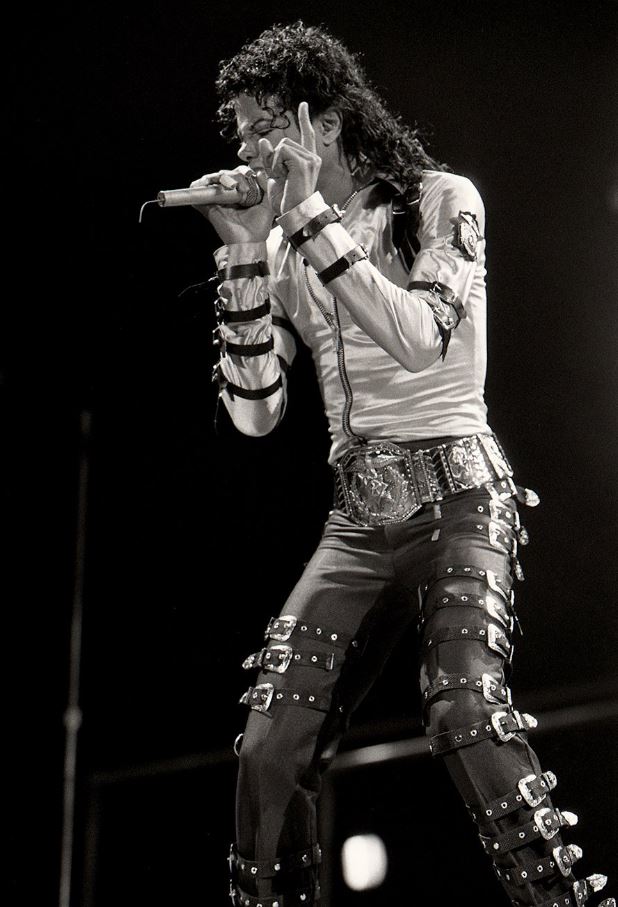
A significant technical investment for the tour was the use of Synclavier synthesizers. Recognizing the need for cutting-edge sound technology to replicate the intricate sounds of the “Bad” album, Jackson and his team employed Synclavier systems, which were among the most advanced digital synthesizers of the time. Chris Currell, who handled the Synclaviers, arranged for multiple systems to be used during the tour to manage on-stage sounds and for Jackson to continue working on new material while on the road. These systems, estimated to cost over $1.4 million, highlighted the high level of technical sophistication that defined the tour.
The early stages of the tour also focused heavily on visual and stage design, aiming to create a spectacular audio-visual experience. The stage was equipped with a vast array of lighting, laser systems, and large screens to enhance the theatricality of Jackson’s performances. These elements, combined with the high-fidelity sound provided by the Synclavier systems, set new standards for live concerts, making the Bad (tour) a landmark event in the history of pop music tours.
| Location of Initial Auditions | Leeds facility in North Hollywood |
|---|---|
| Rehearsal Location | Universal Studios |
| Main Technical Equipment | Synclavier synthesizers |
| Technical Investment | $1.4 million |
| Key Musical Personnel | Chris Currell (handled Synclaviers) |
| Focus of Early Stages | Visual and stage design |
| Stage Features | Lighting, laser systems, large screens |
| Objective of Live Performances | To entertain and transcend ordinary concert experiences |
Tour Highlights
Japan and Australia (1987)
The Bad (tour) kicked off with a remarkable start in Japan, underscoring Michael Jackson’s immense popularity in Asia. The Japanese leg of the tour not only sold out rapidly but also set new standards for live performance in the country. Jackson’s concerts were characterized by elaborate stage setups that included cutting-edge lighting, sound, and pyrotechnics. The meticulous attention to detail ensured that each performance was an immersive experience for the audience.
During his time in Japan, Jackson also engaged in significant philanthropic activities, a hallmark of his career. He made substantial donations to various charities, including a notable contribution to the parents of Yoshiaki Hagiwara, a five-year-old boy who had been tragically murdered. Such gestures endeared Jackson further to his fans and highlighted his commitment to humanitarian causes.
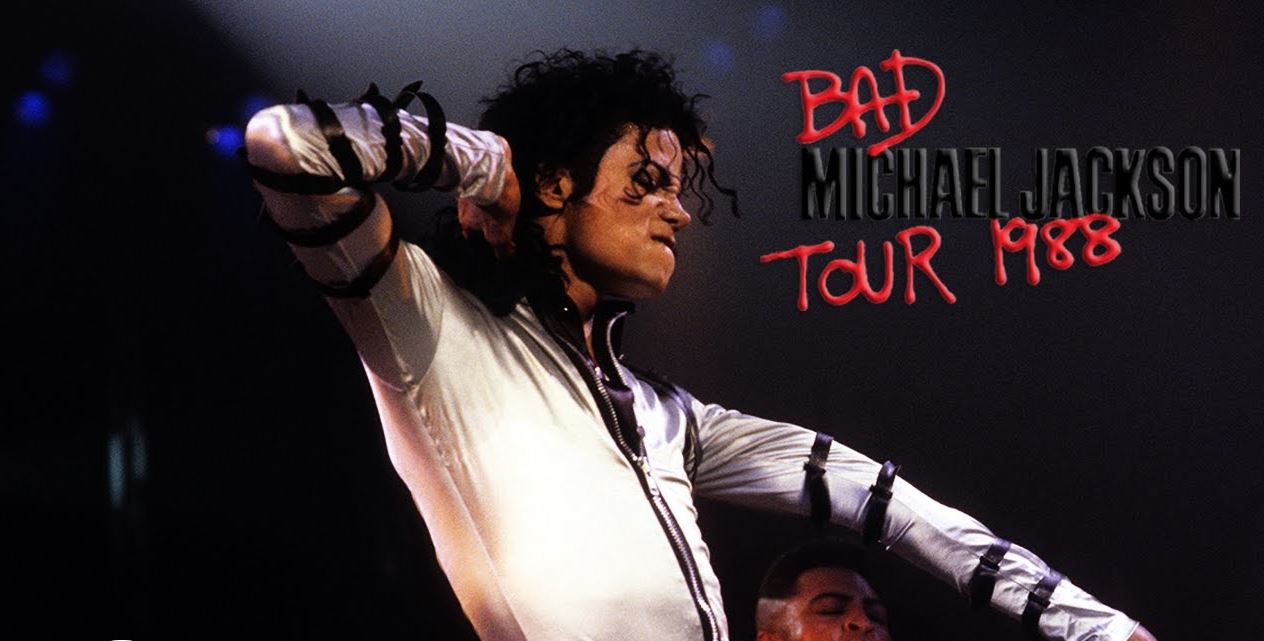
The Australian leg of the tour brought its own unique challenges and triumphs. While the enthusiasm and energy of the Australian audiences were palpable, logistical issues led to the cancellation of the planned New Zealand concerts. The decision was primarily due to difficulties in meeting the tour’s technical and seating requirements, reflecting the complex nature of staging Jackson’s performances.
North America (1988)
In 1988, the tour reached North America, where Jackson introduced significant enhancements to the production. These included updated setlists and improved stage designs, ensuring that audiences received a fresh and engaging experience. Key performances during this leg included benefit concerts and events that raised funds for various charitable causes, including a notable concert that raised $500,000 for the United Negro College Fund.
Europe (1988)
The European segment of the tour was highlighted by several standout concerts that had profound cultural impacts. Performances in cities like Rome, Berlin, and London were not just musical events but significant social gatherings. In Berlin, the concert near the Reichstag was symbolic, occurring near the Berlin Wall, highlighting Jackson’s appeal as a global icon of peace and unity.
Jackson’s interactions with notable personalities during the tour also drew significant media attention. His meeting with Princess Diana and Prince Charles during the London concerts was particularly noteworthy. These interactions enhanced his stature as a cultural diplomat and showcased his widespread appeal across different societal echelons.
| Location | Highlights | Challenges |
|---|---|---|
| Japan (1987) | Sold out concerts, advanced stage setups, philanthropic activities including donations to charities and support for the family of Yoshiaki Hagiwara. | None noted |
| Australia (1987) | High enthusiasm and energy from audiences. | Cancellation of New Zealand concerts due to logistical issues. |
| North America (1988) | Updated setlists, improved stage designs, benefit concerts including a significant fundraiser for the United Negro College Fund. | None noted |
| Europe (1988) | Standout concerts with cultural impact in cities like Rome, Berlin, and London. Symbolic performance near the Berlin Wall. Interaction with notable figures including Princess Diana and Prince Charles. | None noted |
Tour Impact and Legacy
Financially, the Bad (tour) was a monumental success, grossing over $125 million and setting records for both earnings and attendance. These achievements were recognized with multiple entries in the Guinness World Records, cementing the tour’s legacy as one of the most successful of all time.
Despite the success, Jackson announced at the end of the Bad (tour) that it would be his last, citing a desire to focus on filmmaking and other projects. However, this retirement from touring was short-lived, as he returned to the stage for the “Dangerous” and “HIStory” tours in the subsequent years. This decision highlighted the deep connection Jackson felt with his fans and his relentless passion for performing.
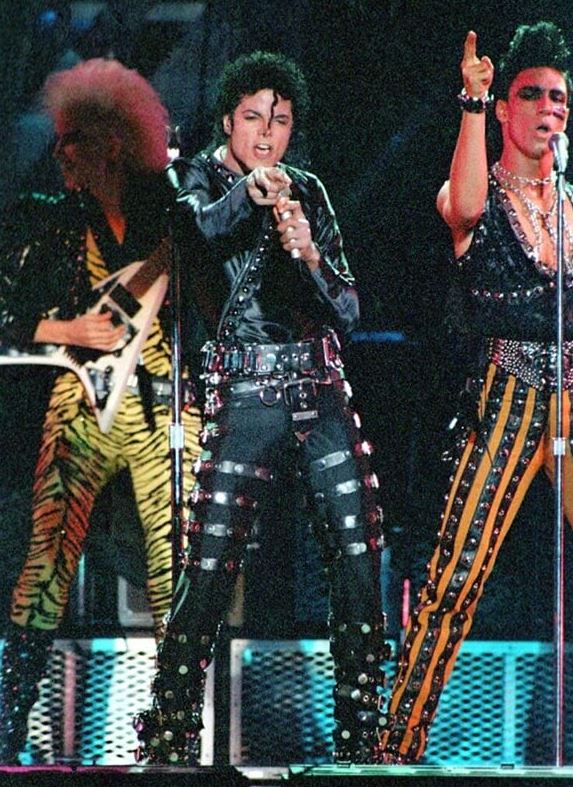
The Bad (tour) had a lasting impact on the music industry and live performance standards. It pushed the boundaries of what could be achieved in live musical entertainment and set new benchmarks for concert production. Jackson’s meticulous attention to detail, his fusion of music and performance art, and his use of technology all contributed to what many consider a golden era for live music tours.
Overall, the Bad (tour) not only solidified Michael Jackson’s reputation as the “King of Pop” but also as a visionary artist who continually redefined the possibilities of live music. The legacy of this tour continues to influence artists and productions around the world, underscoring its pivotal role in shaping the landscape of global pop culture.
| Financial Success | Grossed over $125 million |
|---|---|
| Records Set | Entries in the Guinness World Records for earnings and attendance |
| Post-Tour Announcement | Initially announced retirement from touring to focus on filmmaking and other projects |
| Subsequent Tours | Returned with the “Dangerous” and “HIStory” tours |
| Impact on Live Music | Set new benchmarks for concert production, influenced live performance standards, and contributed to the evolution of live musical entertainment. |
| Legacy | Solidified reputation as the “King of Pop” and as a visionary artist in live music |
Concert Film and Other Recordings
The Bad (tour) not only made history with its live performances but also through its significant impact on media and popular culture with numerous concerts recorded and broadcast globally. One of the most notable recordings was the September 26, 1987, concert in Yokohama, Japan, which was broadcast on Nippon Television and captured the electrifying atmosphere of Jackson’s performances. This concert, among others, allowed fans worldwide to experience the magic of Jackson’s live shows, regardless of geographical barriers.
In Europe, the July 16, 1988, concert at Wembley Stadium in London was another significant recording. Attended by royalty and broadcast to millions, this concert became emblematic of the tour’s cultural impact. The recording was later released as “Live at Wembley July 16, 1988,” part of the 25th-anniversary reissue of the “Bad” album. This release included both audio and visual content, providing an invaluable document of Jackson’s live prowess.
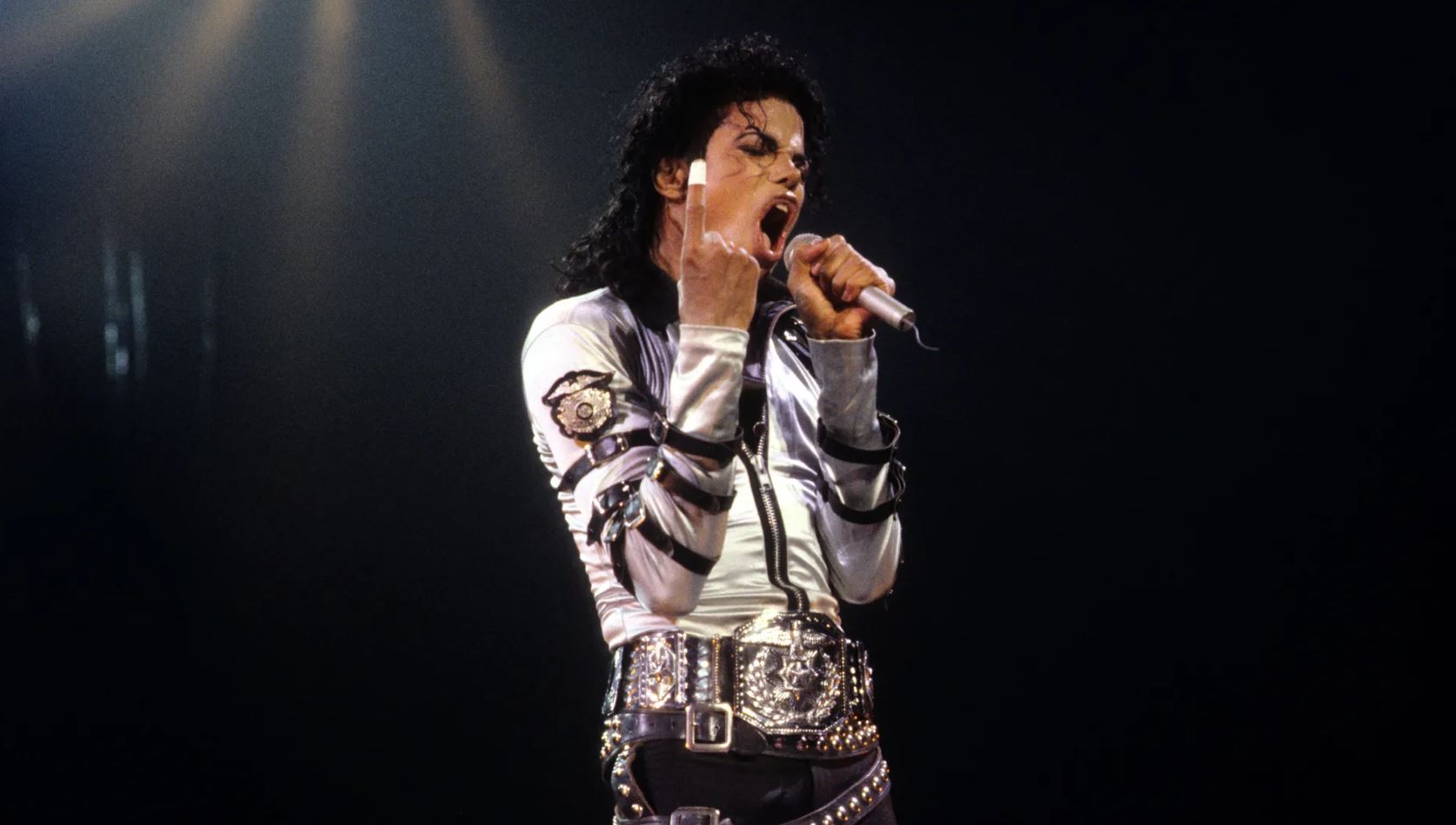
Additionally, various amateur-shot concerts and official behind-the-scenes footage were later leaked or released, offering insights into the tour’s production and Jackson’s performance style. These recordings have become cherished items in the legacy of Michael Jackson, allowing new generations to witness his artistic genius.
Following the conclusion of the tour, a plethora of related media was released, further cementing the Bad (tour) in the annals of music history. The “Bad 25” anniversary reissue was perhaps the most significant, featuring remastered tracks from the original album, unreleased demos, and the concert film from Wembley. This package not only celebrated the tour and album but also provided an in-depth look at the creative process behind Jackson’s work.
Other post-tour releases included various live albums and DVDs, as well as documentaries that featured footage from rehearsals and live performances. These releases have helped fans and scholars alike to analyze and appreciate the intricacies of Jackson’s artistry and the monumental effort behind his global tours.
| Notable Concert Recordings | Yokohama, Japan on September 26, 1987 (broadcast on Nippon Television); Wembley Stadium, London on July 16, 1988 (later released as “Live at Wembley July 16, 1988”). |
|---|---|
| Impact on Media | Concerts recorded and broadcast globally, increasing accessibility for fans worldwide and showcasing Jackson’s live performances. |
| Significant Releases | “Bad 25” anniversary reissue including remastered tracks, unreleased demos, and Wembley concert film; various live albums, DVDs, and documentaries featuring rehearsal and live performance footage. |
| Legacy | Enabled new generations to experience Jackson’s performances, contributing to ongoing scholarship and appreciation of his artistry. |
The Bad (tour) was more than just a series of concerts; it was a pivotal moment in Michael Jackson’s career and a landmark event in the music industry. This tour set new standards for live performances with its innovative use of technology, elaborate choreography, and the sheer scale of its production. It showcased Jackson not only as a phenomenal artist and performer but also as a global icon capable of bridging cultural divides through music.
The tour’s significance extends beyond its financial success and record-breaking attendances. It demonstrated the potential of live music to create shared experiences that resonate across different cultures and generations. The meticulous planning and execution of each performance underscored Jackson’s commitment to perfection and his desire to connect with his audience in a deeply personal way.
Reflecting on the lasting legacy of the Bad (tour), it is evident that its impact is still felt today. It helped to define the 1980s as a golden era for music tours, influencing countless artists and productions that followed. The standards set by Jackson in terms of production quality and audience engagement continue to serve as benchmarks for artists around the world.
In conclusion, the Bad (tour) was not only a testament to Michael Jackson’s genius but also a defining moment in live entertainment. Its legacy continues to inspire and influence the realms of music and performance art, making it one of the most significant cultural phenomena of the 20th century.

